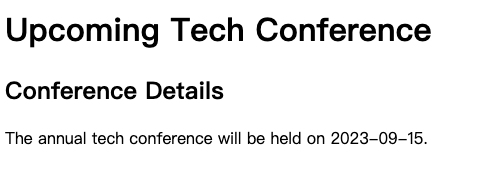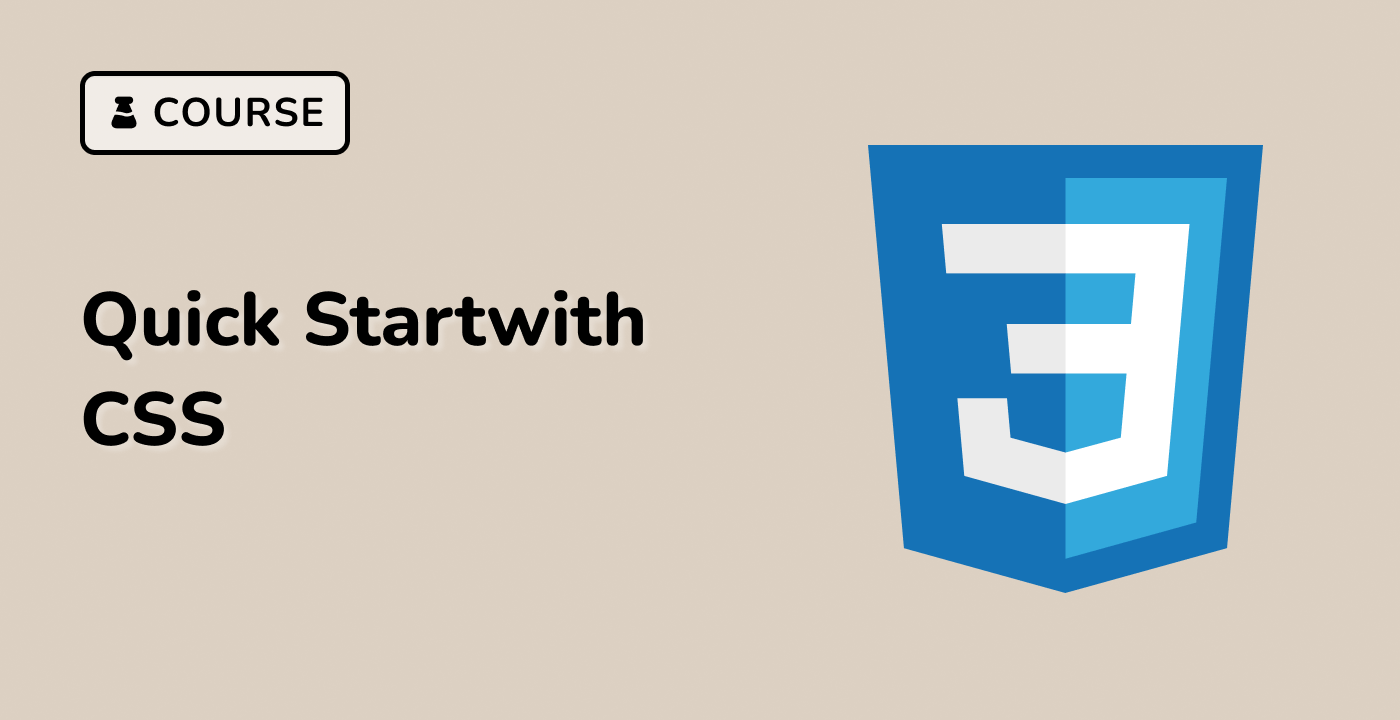Introduction
In this lab, you will explore the semantic HTML5 <time> tag and learn how to effectively use it to represent dates and times in web documents. The lab focuses on understanding the <time> tag's key characteristics, such as providing machine-readable temporal data while maintaining human-readable text, and demonstrating its implementation in various HTML contexts.
Through a step-by-step approach, you will create an HTML file, add <time> tags with datetime attributes, and understand how this semantic element enhances web accessibility and provides structured information about dates and times. By the end of the lab, you will have practical experience in using the <time> tag to improve the semantic meaning of temporal data in web pages.





